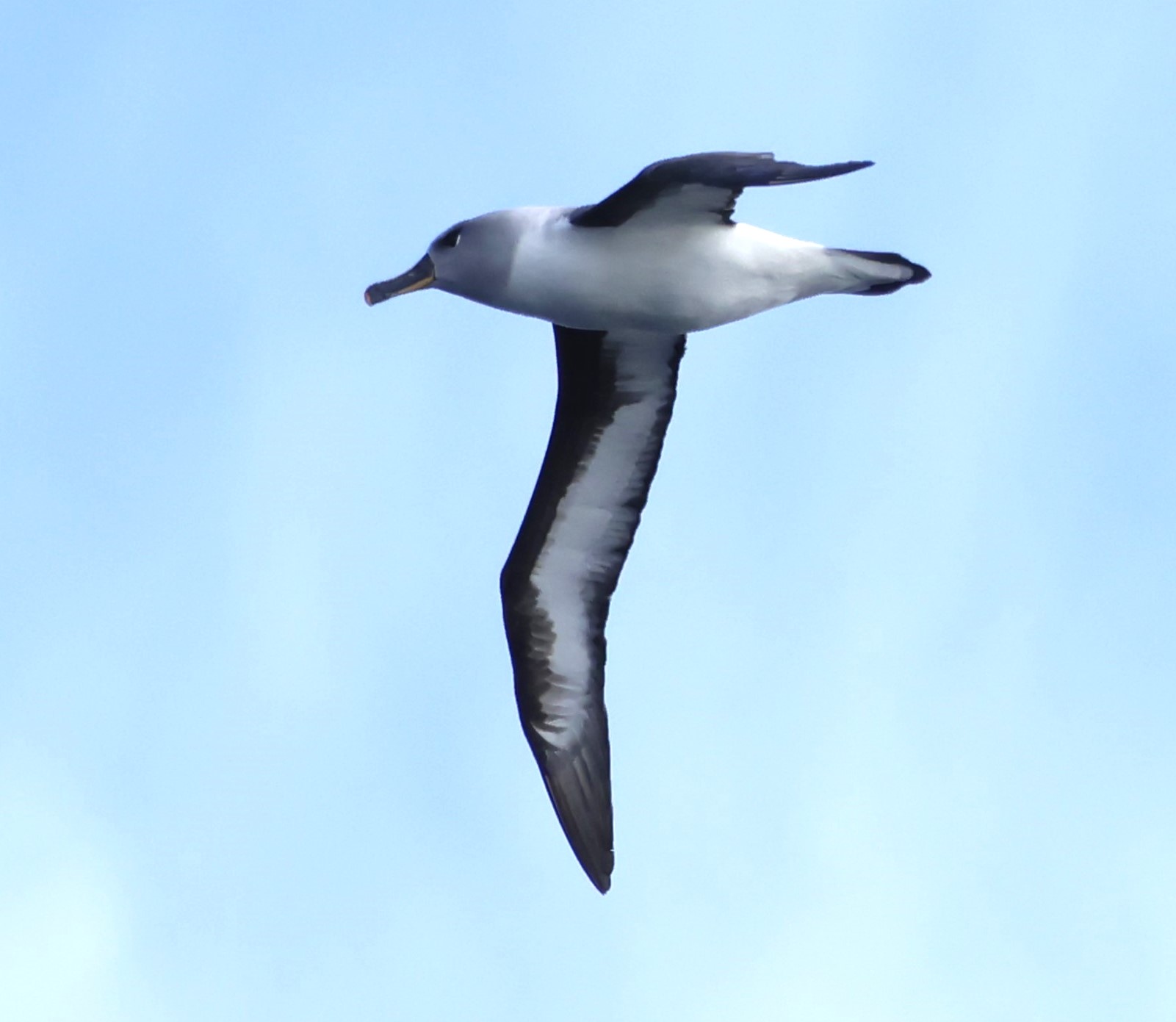Gallery
MOSSEL BAY NEWS - Estelle Smalberger of Mossel Bay recently returned from a "mind-blowing" trip around the Prince Edward Islands - sub-Antarctic volcanic islands in the southern Indian Ocean, administered by South Africa.
They consist of two islands - the larger Marion Island and Prince Edward Island, which are special, protected nature reserves.
See a gallery of pictures here: Local birder's mind-blowing trip around Prince Edward Islands
The only inhabitants are the staff involved in the research and management. The islands are home to thousands of penguins, albatrosses, petrels and seals.
We interviewed Estelle about her adventure. She said it was hard to put the amazing experience into words. As birders and photographers, the trip was a dream come true for her and her husband, Johan.
Describe the expedition in a nutshell.
Birders from all over the world, sharing the same passion, came together and we boarded the MSC Musica cruise ship on an adventure into the Roaring Forties.
[The Roaring Forties are strong westerly winds, generally between the latitudes of 40° and 50° south. The strong air currents are caused by the combination of air being displaced from the Equator towards the South Pole, Earth's rotation, and the scarcity of landmasses to serve as windbreaks at those latitudes, notes Wikipedia.]
We circled Marion and Prince Edward islands to see as many seabirds and mammals as we could.
A similar trip only happened once before and will not be repeated in future.
We sailed the seas where very few people are allowed, and we saw albatrosses and seabirds one can only see in that area, because they breed on these two islands and nowhere else.
How long was your trip; how many were on the ship?
It was eight days and seven nights, from 24 to 31 January. We were 1 900 birders, including about 65 expert guides.
Which species did you see?
In short, several species of albatross, prions, shearwaters, petrels, giant petrels, storm petrels, diving petrels, terns, penguins and sea mammals.
What were the highlights and disappointments?
I have two highlights and no disappointments or regrets, besides the fact that the trip had to end.
The first highlight was meeting Peter Harrison, author of Seabirds: The New Identification Guide, the only book I know which describes and illustrates seabirds from all over the world.
When I think of how I attended his lectures and listened to his life story of how he pursued his dream of writing this book, I still get goosebumps.
The second highlight was waking up at 04:00 on the first morning, nearing Marion and Prince Edward islands, looking out from of our cabin balcony and seeing this explosion of albatrosses and seabirds literally everywhere you looked.
My dream came true of seeing four different albatrosses: a "sooty"; a light-mantled; a grey-headed; and a wandering, also called a snowy albatross.
The snowy albatross has a wingspan of 3.5 metres - allowing it to circumnavigate the globe in as little as 46 days!
What did you learn?
I learnt much from experts and fellow birders, but mostly from the birds themselves, by observing them in awe.
Things and facts I have only read in books, became real through this amazing experience that I will carry in my heart for the rest of my life. We surely had a peek into a secret world hardly anyone else gets to see, except maybe on television.
Tell us about the fundraising that took place.
Funds were raised for the Mouse-Free Marion project which aims to try to eradicate the mice on Marion Island, threatening the survival of albatrosses.
[The Mouse-Free Marion website notes that house mice on the island bite albatross chicks, causing their death. The site notes that Marion Island is home to one quarter of all the world’s wandering albatrosses and is a critical breeding site for this species, categorised as "vulnerable" on the IUCN Red List of Threatened Species.]
 A grey-headed albatross. Photo: Estelle Smalberger
A grey-headed albatross. Photo: Estelle Smalberger
‘We bring you the latest Garden Route, Hessequa, Karoo news’
















